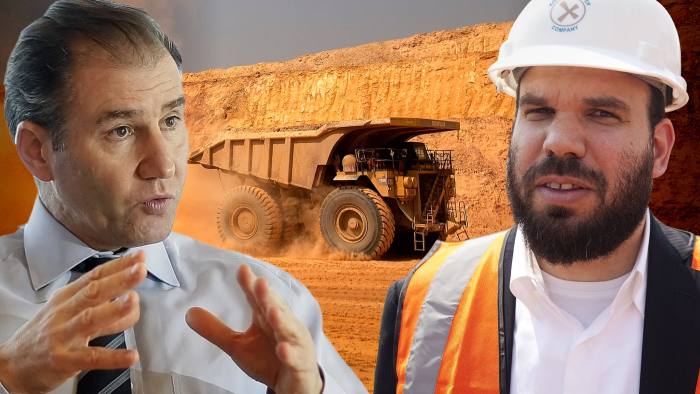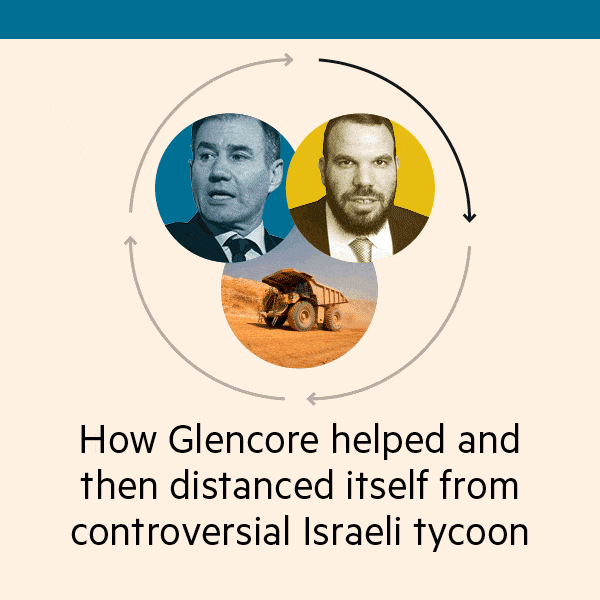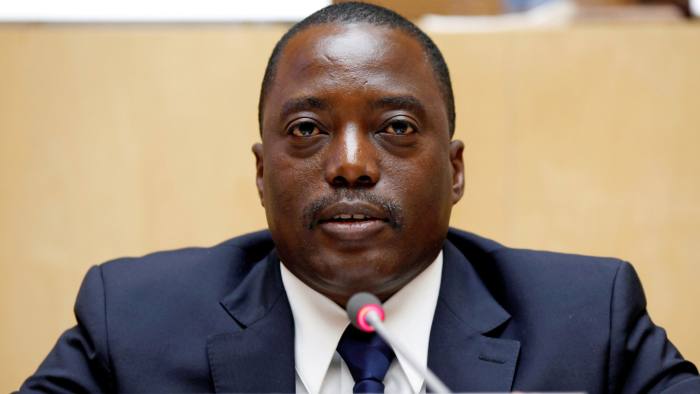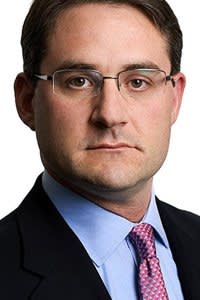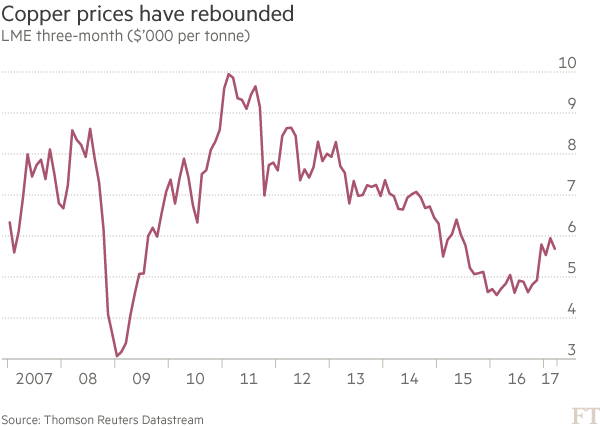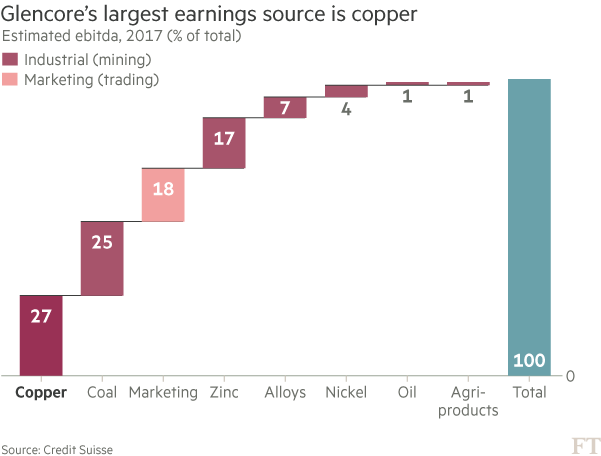EN RDC, LA POLITIQUE DE LA MORT
Au cœur de la République démocratique du Congo, dont les structures étatiques sont en déréliction, une myriade de foyers de violence fait couler le sang.
« Chaque jour, on s’entre-tue ou on fuit la mort en RDC »
(Dans l’un des charniers découverts dans la province du
Kasaï, en République démocratique du Congo, des
crânes des victimes des récents affrontements
entre les forces armées congolaises et les
partisans de Kamuina Nsapu.
Le temps des grandes rébellions soutenues par des pays voisins appartient au passé. De la deuxième guerre du Congo (1998-2002), impliquant neuf pays africains et causant des millions de morts, l’est de la République démocratique du Congo (RDC) a hérité la misère, l’abandon de Kinshasa et soixante-dix groupes armés, locaux et étrangers, qui errent toujours dans la région et poursuivent leurs exactions.
Ces derniers mois, des foyers de violence sont apparus aux confins du plus grand pays d’Afrique francophone. Des affrontements, des massacres, des déplacements massifs de populations. Chaque jour, on s’entre-tue ou on fuit la mort en RDC. Une myriade de conflits locaux font couler le sang et nul ne sait s’ils sont téléguidés ou attisés par les hommes politiques de la capitale, comme le soupçonnent l’opposition et certains diplomates occidentaux.
« La politique, c’est ce qui paie », dit l’adage que rappelle sans complexe un conseiller du président Joseph Kabila. La politique, en RDC, peut aussi tuer. Mais cela, on ne le disait pas. Jusqu’à ce que la crise en cours dans le Kasaï-Central le rappelle brutalement.
Cette province difficile d’accès, comme toutes celles de l’intérieur du pays, a pourtant offert à l’ancien Zaïre son plus grand héros, Patrice Lumumba, mais aussi son opposant historique, Etienne Tshisekedi. Le premier a été assassiné en janvier 1961. Le second est mort le 1er février, à Bruxelles, où son corps repose toujours dans une chambre froide en attendant un rapatriement sans cesse repoussé.
Sales besognes
Aujourd’hui, l’homme mort du Kasaï dont on parle est plus mystérieux. Kamwina Nsapu, chef coutumier et leader mystique, avait refusé de se soumettre au pouvoir central. Originaire de la région, l’ancien ministre de l’intérieur, Evariste Boshab, s’est chargé des sales besognes. Dès 2015, il a restructuré les chefferies coutumières en favorisant, à des fins politiques, des notables affiliés au Parti du peuple pour la reconstruction et la démocratie (PPRD), le parti au pouvoir. Il a aussi imposé son frère à la tête de l’association qui les chapeaute.
De quoi provoquer l’ire de rois et chefs traditionnels, dont Kamwina Nsapu. Ce dernier, au nom de la préservation d’une gouvernance ancestrale, a allumé les feux de la révolte. Il sera tué en août 2016 au cours d’une opération depolice.
Depuis, ses fidèles ont recruté femmes et enfants pour constituer une milice et affronter les forces de sécurité. Ils sont armés de bâtons dotés de pouvoirs mystiques, de machettes et de pétoires. Ils ont été rejoints par une partie de la population exaspérée par la brutalité d’un régime considéré comme illégitime.
Dans ce pays aux structures étatiques en déréliction, qui accueille la plus importante et coûteuse mission de l’histoire des Nations unies (Monusco), les adeptes d’un chef coutumier défunt peuvent donc mettre à feu et à sang toute une région. Plus de 400 personnes ont perdu la vie au Kasaï depuis septembre 2016, 200 000 autres ont été déplacées. Deux enquêteurs de l’ONU ont disparu dans la région et des dizaines de fosses communes ont récemment été découvertes.
« Il y a une multitude de foyers d’insécurité, de violences causées par des conflits fonciers, ethniques et identitaires, coutumiers ou politiques avec différents acteurs et agendas qui se superposent, souligne Séverine Autesserre, professeure associée à l’université Columbia. La RDC est bel et bien en état de guerre civile. »
Pour cette spécialiste de la résolution des conflits, la pauvreté conjuguée à la corruption des élites politiques alimente l’inexorable spirale de la violence. « Il est temps que l’ONU, les partenaires occidentaux et les ONG cessent deconcentrer leur énergie sur Kinshasa et s’appuient sur les acteurs locaux dans les provinces meurtries, dit la chercheuse. Car la plupart des programmes dits de réforme de l’armée et de renforcement des capacités de l’Etat n’ont fait que renforcer le régime autoritaire de Joseph Kabila et professionnaliser ses soldats. »
Kinshasa n’est pas épargnée
Débordée par les crises et les violations massives des droits humains, en hausse de 30 % en 2016, la Mission de l’Organisation des Nations unies pour la stabilisation du Congo (Monusco) courbe la tête sous les pressions des autorités congolaises, à la veille du renouvellement de son mandat par le Conseil de sécurité de l’ONU. Le régime Kabila exige que soient réduites les prérogatives de cette force de maintien de la paix, certes incapable de tenir ses promesses, mais si cruciale pour empêcher le pays, donc la région, de s’embraser.
Cette année, en plus de tous les conflits répertoriés à l’est du Congo, la Monusco doit faire face à trois nouveaux fronts. A celui du Kasaï s’ajoute la région frontalière du Soudan du Sud, où elle appuie les opérations des forces armées congolaises préoccupées par un débordement du conflit qui ravage le plus jeune pays de la planète.
Il y a enfin la province du Tanganyika, dans le sud-est, théâtre ces sept derniers mois d’affrontements meurtriers entre deux ethnies qui a fait des centaines de morts, des dizaines de femmes violées et des centaines de milliers de déplacés. Les belligérants ont scellé un fragile pacte de non-agression en février.
La capitale n’est pas épargnée. Mais, à Kinshasa, ceux qui meurent sous les balles des forces de sécurité croient en connaître la raison : la politique, celle qui maintient la flamme des désespérés et enrichit ceux qui la dominent, un petit cercle de privilégiés manipulés par Joseph Kabila, dont le second mandat s’est achevé le 19 décembre 2016.
Le président a négocié son maintien à la tête d’un Etat quasi failli lors d’un dialogue en décembre 2016 avec l’opposition. Celle-ci s’est réjouie d’avoir obtenu le poste de premier ministre d’une transition censée mener à des élections à la fin de cette année. Trois mois plus tard, aucun des points de l’accord n’a été mis en œuvre par Joseph Kabila, qui se mure dans le silence pendant que son pays sombre.
Joan Tilouine
Journaliste Le Monde Afrique
Journaliste Le Monde Afrique


